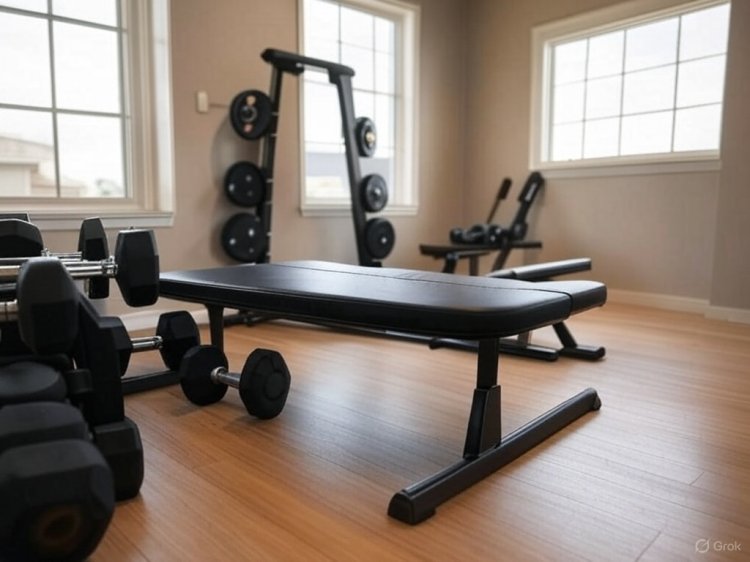How to Start Weightlifting as a Beginner

Weightlifting is one of the most effective ways to build strength, improve body composition, boost confidence, and support long-term health. But getting started can feel intimidating, especially when you're new to the gym or have never touched a barbell before. The good news? You don’t need to be an expert to begin. With the right approach, anyone can safely and effectively start lifting weights and see real progress.
Why Beginners Should Start Weightlifting
Many people associate weightlifting with bulky muscles or elite athletes, but it's beneficial for everyone. Lifting weights can help:
-
Increase muscle mass and bone density (important for aging well)
-
Improve metabolic health by boosting resting calorie burn
-
Enhance mood and reduce anxiety
-
Strengthen joints and prevent injury
By focusing on proper technique and progressive overload (gradually increasing the challenge over time), beginners can experience these benefits without fear of injury or overwhelming themselves.
Getting Started: Key Tips for Beginners
-
Start Light and Focus on Form
The most critical element early on is learning correct form. Always prioritize technique over the amount of weight you lift. Using lighter weights helps you master movements safely. -
Stick to Compound Exercises
Compound movements like squats, deadlifts, presses, and rows work multiple muscles at once, making them more efficient for strength and muscle building. -
Train Full Body
As a beginner, focusing on full-body workouts a few times a week gives you more practice with essential lifts and promotes balanced development. -
Schedule Rest Days
Recovery is crucial. Muscles grow and strengthen during rest, not just during workouts. Aim for at least one full rest day between weightlifting sessions. -
Track Progress
Keep a simple log of the exercises, sets, reps, and weights you use. Tracking allows you to notice improvements and helps you plan small increases in difficulty over time. -
Consider Professional Guidance
If possible, working with a personal trainer (even for a few sessions) can set you up with a solid foundation and boost your confidence.
Sample Beginner Weekly Weightlifting Plan
This simple program focuses on full-body workouts three days per week, with rest or light activity (like walking or yoga) on off days.
Day 1: Full Body A
-
Bodyweight Squats (or Goblet Squats with dumbbell) – 3 sets of 10 reps
-
Dumbbell Bench Press – 3 sets of 10 reps
-
Dumbbell Row – 3 sets of 12 reps (each arm)
-
Plank – 3 sets of 20-30 seconds
Day 2: Rest or Light Activity
Day 3: Full Body B
-
Romanian Deadlifts (with dumbbells or barbell) – 3 sets of 10 reps
-
Overhead Dumbbell Press – 3 sets of 10 reps
-
Assisted Pull-Ups or Lat Pulldown – 3 sets of 8-10 reps
-
Bicycle Crunches – 3 sets of 20 reps (10 each side)
Day 4: Rest or Light Activity
Day 5: Full Body A (Repeat)
-
Bodyweight Squats or Goblet Squats – 3 sets of 10 reps
-
Dumbbell Bench Press – 3 sets of 10 reps
-
Dumbbell Row – 3 sets of 12 reps
-
Plank – 3 sets of 20-30 seconds
Day 6 and 7: Rest or Active Recovery
Notes:
-
Warm up before every session with 5–10 minutes of light cardio and dynamic stretching.
-
Cool down with stretching at the end.
-
Increase weights slightly when you can complete all reps with perfect form.
Summary
Starting weightlifting as a beginner can seem overwhelming, but it doesn’t have to be. Begin with light weights, focus on learning proper technique, stick to a consistent full-body plan, and prioritize recovery. Over time, you’ll build a strong foundation, see meaningful changes in your strength and physique, and most importantly, set yourself up for long-term success.
Remember: everyone starts somewhere. Progress at your own pace, be patient, and celebrate every small victory along the way!